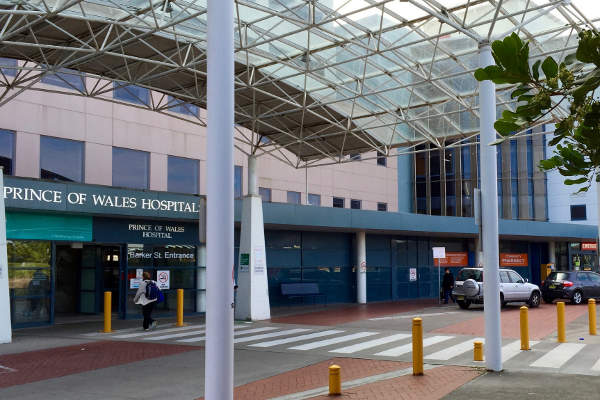Construction of the Scientia Clinical Research facility at the Randwick Hospitals campus of the University of New South Wales (UNSW) began in November 2014.
The facility will accommodate early phase clinical trials to provide a full range of specialities in the cancer, ophthalmology, neurology, addiction medicine, rheumatology and paediatrics fields.
It will also facilitate the investigation of medicines, biomedical equipment, devices and other procedures and treatments.
The clinical research facility is being built under stage two of the Nelune Comprehensive Cancer Centre (NCCC) and Scientia Clinical Research project as a member of the Bright Alliance, a partnership between the Prince of Wales Hospital and UNSW Australia.
The Department of Planning and Environment gave planning approval for the second stage of construction on 15 May 2014. The facility is expected to be ready for operations by mid-2016.
Details of the Scientia Clinical Research facility
The Scientia Clinical Research facility will be part of the ten-level Stage II building. It will be collocated within a major research precinct that includes the NCCC, the Prince of Wales Hospital and the Lowy Cancer Research Centre.
The research centre will provide services for the biotechnology and pharmaceutical industries. It will perform Phase I to IV clinical trials for multinational and national pharmaceutical and biotechnology companies, as well as supporting small and medium trials initiated by co-operative trial groups and research investigators.
It will be connected to the Prince of Wales Hospital, the Royal Hospital for Women and Sydney Children’s Hospital through links on the building’s first and second floors.
Intended benefits of the clinical research facility
The facility aims to promote New South Wales (NSW) as a prime location for clinical trials and provide an opportunity for fast-tracking new medical breakthroughs. It will help to bridge the gap between cancer patients, cancer services and basic and translational researchers.
It will also offer advice and assistance to academic researchers and clinicians on the design and conduct of clinical research.
The facility will provide benefits by enhancing the skills and knowledge of clinical researchers and ancillary staff, as well as supporting better outcomes for patients by improving clinical standards.
It will further provide opportunities for patients to be included in clinical trials, establish a support network for researchers to increase trial activity, and share ideas.
The facility will also improve research revenue to support the funding of the local research infrastructure.
Financing for the project
The Lowy Cancer Research Institute, located at the University of New South Wales (UNSW) in Sydney, is the largest dedicated cancer research centre in southern Australia.
The Scientia Clinical Research facility will require an estimated investment of $23.8m. This is being jointly financed through the Therapeutic Innovation Australia and the NSW State Government.
Stage II construction details
Stage II of the bigger project includes demolishing the existing radiation oncology building and building the NCCC, Scientia Clinical Research facility and Sydney Children’s Hospitals Network levels. Bulk excavation works for the project were completed by May 2015.
The first stage of construction started in 2012 and was completed in November 2014. It involved building a lower ground treatment area, including four radiotherapy bunkers, with three linear accelerators and connections from the radiotherapy treatment area to the Prince of Wales Hospital.
Contractors involved in the project
Australian construction company A W Edwards was awarded the contract to provide construction services for Stage II of the project. Management consultant Johnstaff, as project manager, will provide design development, contract documentation, administration, health planning, procurement and commissioning services.










